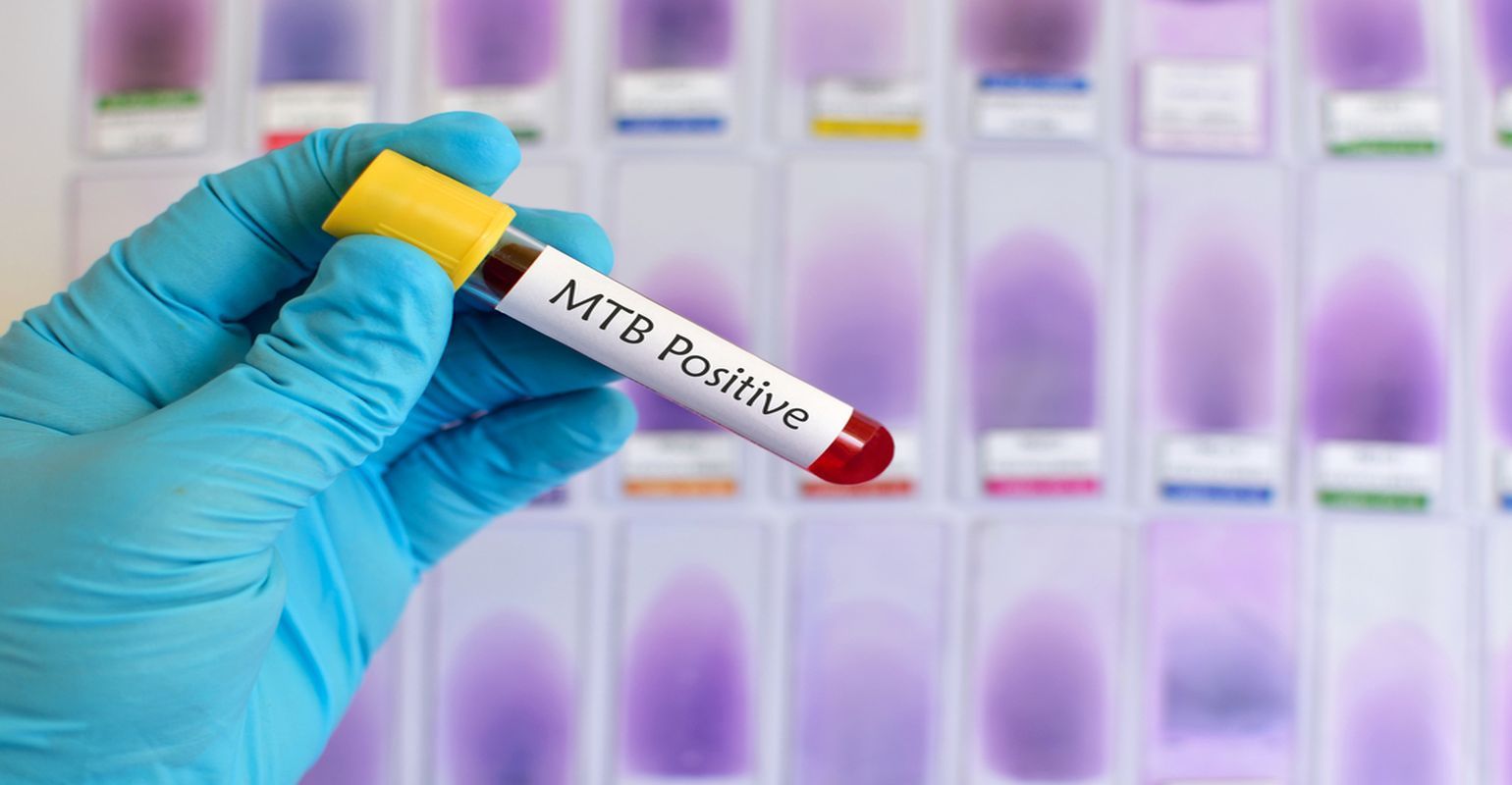Managing the Complexities and Risks of HIV and Tuberculosis Co-infection

A new study identified a significant association between HIV infection and complexities of treating patients with tuberculosis co-infection. Patients with HIV were more likely to have more tuberculosis drug-related adverse events, more hospital readmissions, and longer tuberculosis treatment duration, as reported in AIDS Research and Human Retroviruses, a peer-reviewed journal from Mary Ann Liebert, Inc., publishers.
Marcos Schechter, of Emory University School of Medicine, and colleagues from the Rollins School of Public Health at Emory University, Emory University, Fulton County Health Board of Health, DeKalb County Board of Health, and Grady Memorial Hospital, coauthored the article, "Treatment Complexities among Patients with Tuberculosis in a High HIV Prevalence Cohort in the United States." The researchers demonstrated a more complex treatment course for patients with tuberculosis in an area with a high rate of HIV co-infection and emphasized the importance of having the resources and expertise to treat coinfected patients in these areas.
"This study demonstrates that infection with HIV and TB worsens the course of multiple clinically relevant aspects of TB care, increasing hospital readmissions, and adverse events and duration of drug treatment. This knowledge will help clinicians provide better and more efficient treatment for the many individuals coinfected with HIV and TB around the world," says Thomas Hope, PhD, editor-in-chief of AIDS Research and Human Retroviruses and Professor of Cell and Molecular Biology at Northwestern University, Feinberg School of Medicine.
Source: Mary Ann Liebert, Inc.
Uncovering a Hidden Risk: Alcohol Use Disorder Significantly Increases C difficile Infection Rates
April 10th 2025A groundbreaking study reveals a strong connection between alcohol use disorder and increased risk for Clostridioides difficile infection, challenging traditional assumptions and calling for enhanced infection prevention protocols.
Bridging the Gap: Operating Room and Central Processing Unite to Improve Surgical Efficiency
April 8th 2025Communication breakdowns between the operating room and central processing led to delays and frustration—until collaboration, cross-training, and shared goals turned metrics around and strengthened teamwork.









